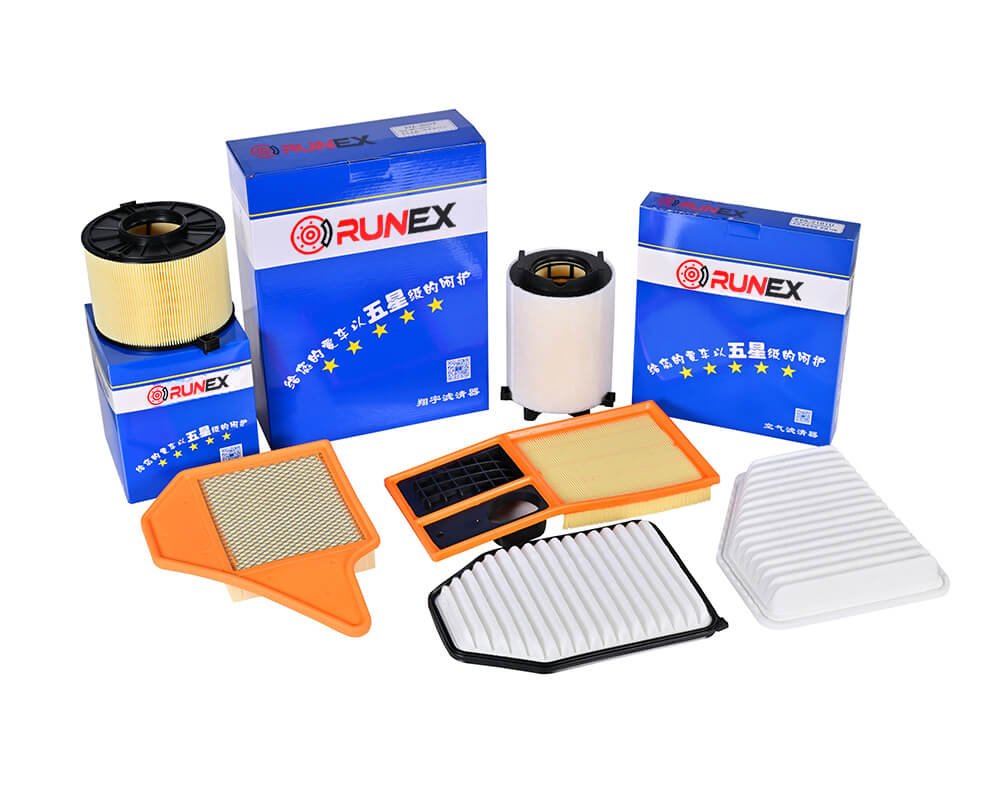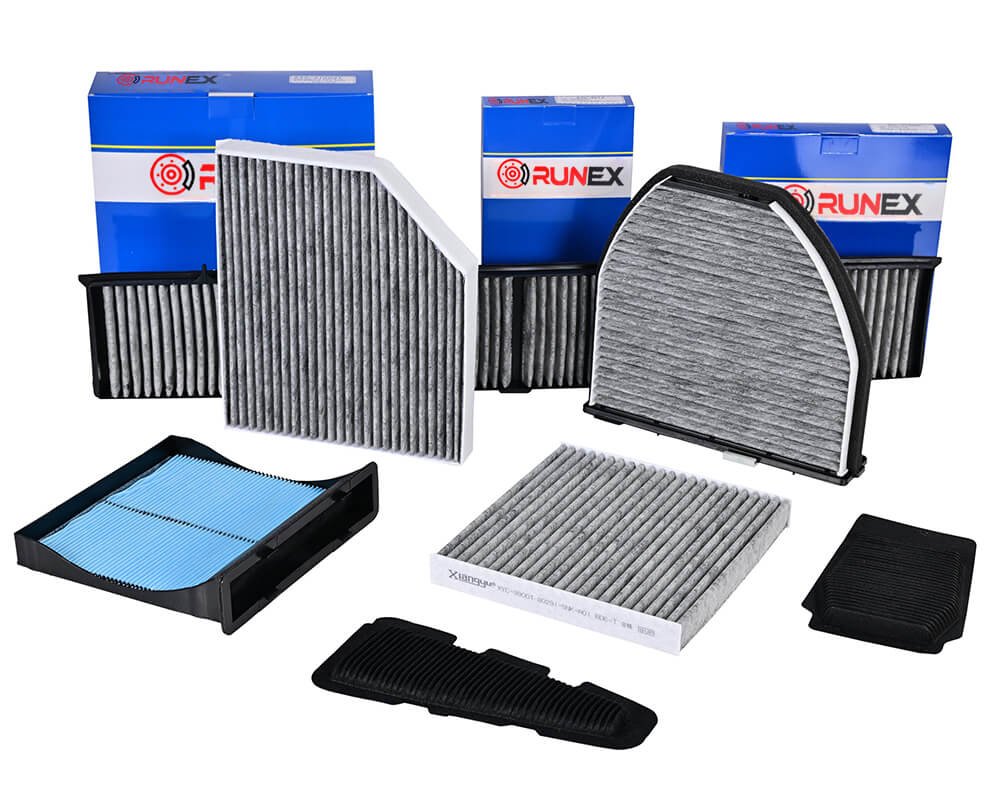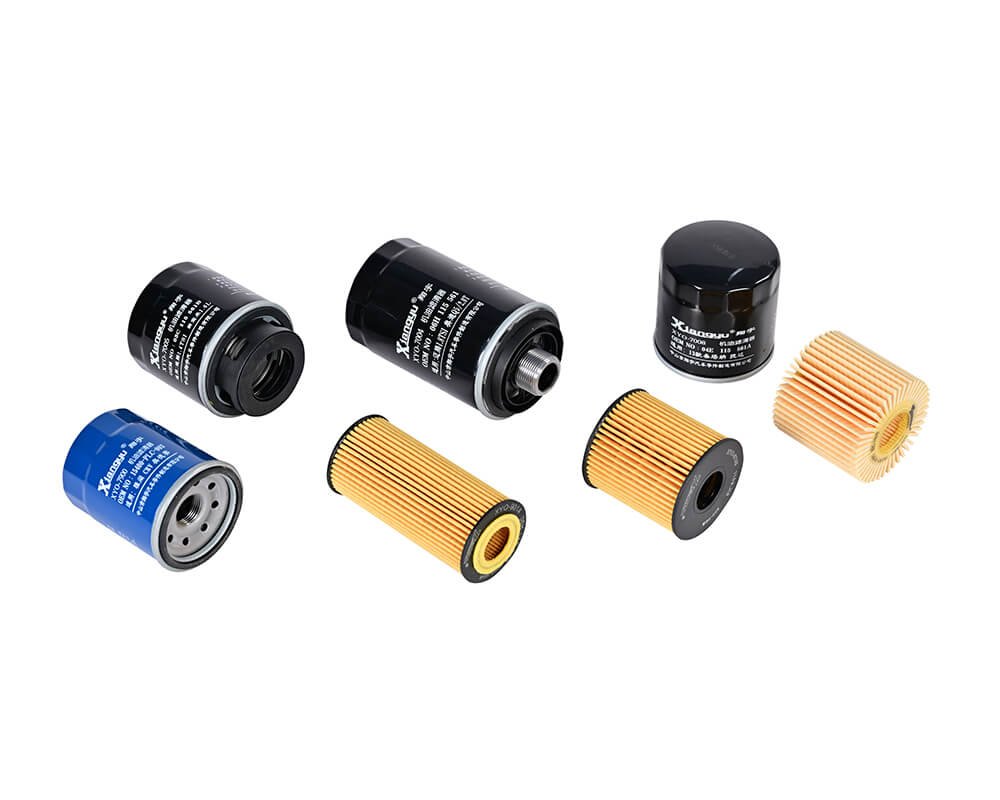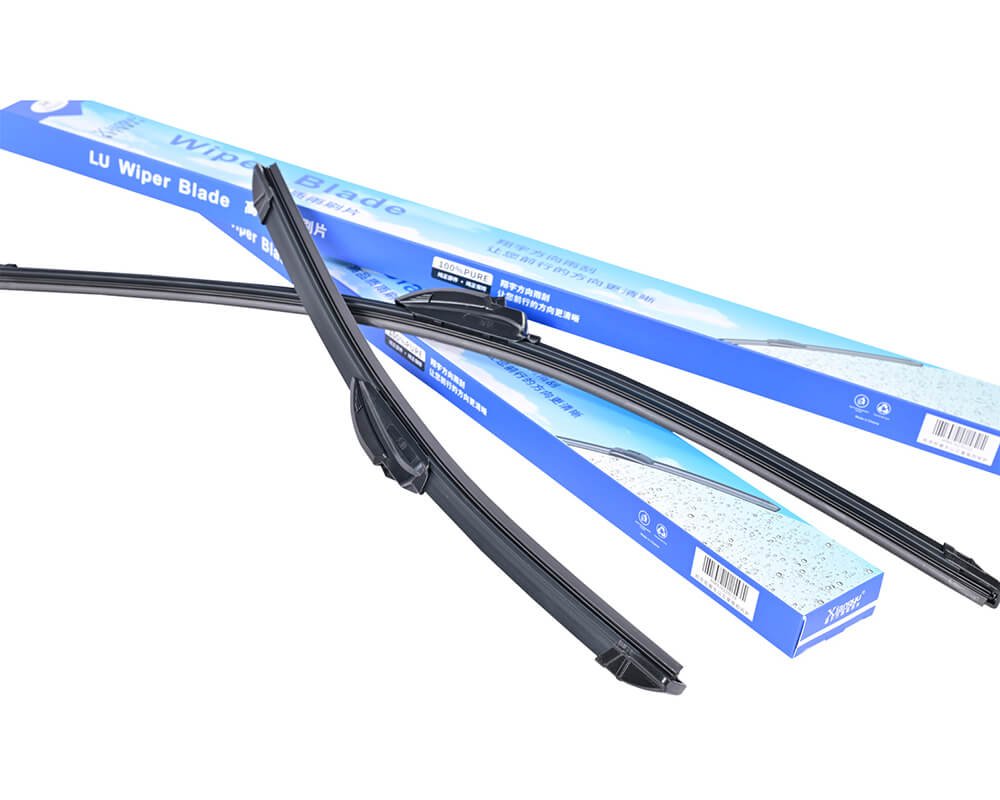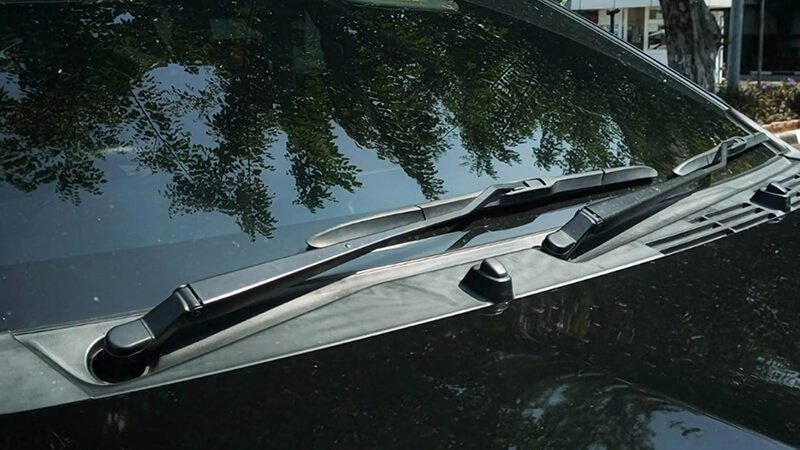Brakes are the most crucial component of any vehicle. Without them, driving would be dangerous and impossible. For beginners, understanding the different brake parts and how they function is key to vehicle safety and performance. Let’s dive into the essential parts of the brake system.
Brakes are essential to vehicle safety, and knowing how brake pads, rotors, fluid, and other components work can help you maintain your car better. In this guide, we’ll explore the main parts of a brake system and how they work together to keep you safe on the road.
Now that we know how important the brake system is, let's look deeper into the individual parts. This will help you understand when they need attention, why they fail, and what you can do to maintain them for optimal performance.

How often should brake pads and rotors be replaced?
As a car owner, knowing when to replace your brake pads1 and rotors2 is crucial for maintaining safety and performance. These parts experience a lot of wear and tear, so understanding their replacement intervals can save you money and avoid accidents.
Brake pads should typically be replaced every 30,000 to 70,000 miles, depending on driving habits3. Rotors, however, might last longer but need inspection for damage or wear every time you change your brake pads. Regular maintenance is key to keeping your brake system in top shape.
Brake pads and rotors work together as a pair to stop your car. The pads press against the rotors to create the friction needed to slow down or stop the vehicle. Because of this friction, both parts wear down over time. Understanding their replacement schedules is crucial to ensuring safety.
Brake Pads:
Brake pads are the first to wear out due to their direct contact with the rotors. The general rule of thumb is to replace them between 30,000 and 70,000 miles, but driving conditions4 play a major role. If you frequently drive in heavy traffic or mountainous areas, your brake pads may need replacement sooner.
| Factors that affect brake pad wear: | Factor | Effect on Brake Pads |
|---|---|---|
| Driving Style (aggressive braking) | Faster wear | |
| Traffic (stop-and-go driving) | Faster wear | |
| Terrain (mountains or hilly roads) | Faster wear | |
| Type of Vehicle (larger vehicles) | Faster wear |
To know when to replace brake pads, listen for squeaking or grinding sounds, which indicate the pads have worn down to their limit. You might also notice reduced braking efficiency or a soft brake pedal.
Rotors:
Rotors generally last longer than brake pads, often between 50,000 and 70,000 miles. However, they should be inspected each time the pads are replaced. If rotors become warped or deeply grooved, they may need to be replaced or resurfaced. Warped rotors can cause vibrations and decrease braking efficiency.
| When inspecting rotors, check for: | Condition | Action Needed |
|---|---|---|
| Uneven wear | Resurface or replace | |
| Deep grooves or cracks | Replace | |
| Warped or vibrating | Replace |

What are the signs that my brake calipers need maintenance?
Brake calipers are an essential part of your braking system5, and they play a significant role in applying pressure to the brake pads. When something goes wrong with your calipers, it can affect the entire braking system. Knowing the signs that your calipers need maintenance can prevent costly repairs.
Common signs of malfunctioning brake calipers include pulling to one side6, squeaking or grinding noises7, and uneven wear on brake pads8. If you notice any of these, it's a good idea to have your calipers inspected and repaired before they cause bigger issues.
Brake calipers house the brake pads and apply hydraulic pressure to them to create friction against the rotors. If the calipers fail, the braking performance can deteriorate, leading to dangerous driving conditions. Here’s a breakdown of common caliper issues and their impact on braking performance.
Common Caliper Issues:
| Issue | Possible Cause | Effect on Braking |
|---|---|---|
| Caliper sticking or seized | Rust, debris, or hydraulic failure | Uneven braking, car pulling to one side |
| Uneven pad wear | Sticking caliper or faulty piston | Reduced braking efficiency, increased wear on other parts |
| Brake fluid leakage | Damaged caliper seals | Reduced braking power, brake fluid loss |
Signs your calipers need attention:
- Pulling to one side: If your car veers to one side when braking, it’s likely that one of the calipers is sticking or malfunctioning.
- Squeaking or grinding: These noises indicate that the brake pads are not properly engaging with the rotors, usually because the caliper is not applying enough pressure.
- Uneven brake pad wear: If the brake pads on one side of your car are wearing more quickly than the others, it’s a clear sign that something is wrong with the calipers.

How does brake fluid contribute to the overall braking performance?
Brake fluid is one of the unsung heroes of your braking system9. It plays a vital role in transferring the force from your foot on the pedal to the brake pads10, ensuring that the vehicle stops safely. Let’s take a closer look at how brake fluid works and why it’s so important.
Brake fluid transfers the force from your foot on the brake pedal to the brake pads through the hydraulic system. Low or contaminated brake fluid can reduce braking efficiency, leading to slower response times and potential safety risks.
Brake fluid is essential because it ensures the hydraulic system works smoothly. When you press the brake pedal, brake fluid transmits the pressure to the calipers, forcing the brake pads against the rotors. Without sufficient fluid, the hydraulic system can't generate enough pressure, leading to brake failure.
Types of Brake Fluid:
There are several types of brake fluid used in vehicles, and it’s important to use the correct type to ensure compatibility with your braking system. Here’s a comparison of the most common brake fluids:
| Fluid Type | Properties | Ideal for |
|---|---|---|
| DOT 3 | Glycol-based, absorbs moisture | Everyday vehicles |
| DOT 4 | Higher boiling point than DOT 3 | Performance cars |
| DOT 5 | Silicone-based, does not absorb moisture | High-performance vehicles |
| DOT 5.1 | Similar to DOT 4 but with higher performance | High-performance and racing vehicles |
Common Brake Fluid Issues:
| Issue | Cause | Effect on Braking |
|---|---|---|
| Low brake fluid | Leaks, wear in system | Soft or unresponsive brake pedal |
| Contaminated brake fluid | Moisture or dirt | Reduced braking performance, corrosion of brake components |
| Air in the brake lines | Leaking or old fluid | Spongy pedal, inconsistent braking force |
When brake fluid becomes contaminated with moisture or dirt, its boiling point decreases, which can lead to brake failure. Regular fluid checks and replacements are necessary for keeping the brake system in top condition.
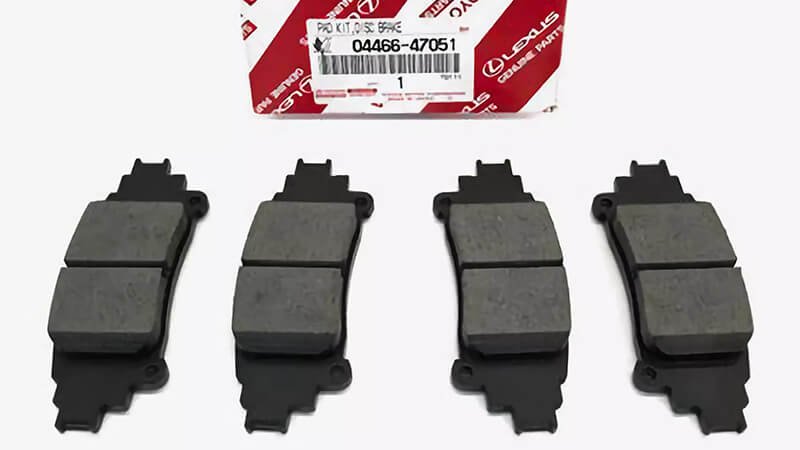
What are the differences between disc brakes and drum brakes?
Disc brakes and drum brakes are the two main types of braking systems11 used in vehicles today. While they both serve the same purpose—stopping the vehicle—there are key differences between the two in terms of design, performance, and maintenance.
Disc brakes are more commonly used in modern vehicles due to their superior performance in heat dissipation12 and stopping power13. Drum brakes are less common but are still used in some vehicles, particularly for rear brakes. Both have their pros and cons depending on the vehicle's needs.
Disc brakes and drum brakes are both crucial parts of a braking system, but they have distinct differences in their operation and maintenance needs.
Disc Brakes:
Disc brakes use a rotor, which is a flat, circular metal disc, and a set of brake pads that clamp down on the rotor to slow or stop the vehicle. They are more efficient at dissipating heat due to their open design, which helps prevent brake fade during heavy use. Disc brakes also provide more consistent stopping power and are easier to maintain.
Advantages:
- Superior heat dissipation
- Faster response time
- Easier to inspect and maintain
Drum Brakes:
Drum brakes use a drum that rotates with the wheel and brake shoes that press against the inside of the drum to slow the vehicle. While drum brakes are less efficient in dissipating heat, they are still reliable in low-speed and light-duty applications.
Advantages:
- Cost-effective for rear wheels
- Simple design
- Requires less maintenance on less demanding applications
Comparison of Disc and Drum Brakes:
| Feature | Disc Brakes | Drum Brakes |
|---|---|---|
| Heat Dissipation | Excellent, prevents brake fade | Poor, leads to fade |
| Maintenance | Easier to inspect and maintain | Harder to inspect and service |
| Performance | Better stopping power, faster response | Adequate for low-speed braking |
| Cost | Higher cost | Lower cost |

How does a master cylinder function in a brake system?
The master cylinder14 is the heart of your brake system. It’s the component that generates the hydraulic pressure needed to activate your brakes. Understanding how the master cylinder works is key to maintaining a well-functioning brake system.
The master cylinder converts the force from your foot on the brake pedal into hydraulic pressure that activates the brake calipers15. A malfunctioning master cylinder can lead to poor braking performance, making it crucial to inspect this component regularly.
The master cylinder is a vital component of the braking system, responsible for generating the hydraulic pressure needed to apply the brakes. When you press the brake pedal, it pushes a piston inside the master cylinder, forcing brake fluid16 into the brake lines. This fluid then activates the brake calipers or wheel cylinders to apply pressure to the brake pads or shoes.
How It Works:
- Step on the brake pedal: Pressing the brake pedal applies force to the master cylinder.
- Piston movement: The master cylinder's piston moves, creating hydraulic pressure.
- Fluid transfer: Brake fluid moves through the brake lines, reaching the calipers or wheel cylinders.
- Brakes applied: The hydraulic pressure forces the brake pads or shoes against the rotors or drums to stop the vehicle.
Signs of a Faulty Master Cylinder:
| Symptom | Cause | Action Needed |
|---|---|---|
| Spongy or soft pedal | Air or fluid loss | Bleed the brakes or replace master cylinder |
| Warning light on dashboard | Low brake fluid or faulty master cylinder | Check fluid levels, inspect master cylinder |
| Inconsistent braking | Internal leaks in the master cylinder | Replace the master cylinder |

Conclusion
Understanding how brake components function and their maintenance needs is crucial for vehicle safety. Regularly checking brake pads, calipers, fluid, and other parts helps ensure that your braking system works efficiently and safely. If any part shows signs of wear or malfunction, addressing the issue promptly can prevent bigger problems down the road.
If you are looking for OEM Brake pads supplier,17 do not hesitate to contact us18.
-
Provides detailed explanation about brake pads and their role in the braking system. ↩
-
Explains the relationship between brake pads and rotors in stopping a vehicle. ↩
-
Shows how different driving conditions can impact brake pad longevity. ↩
-
Describes how specific driving habits like heavy traffic or mountainous driving can shorten brake pad lifespan. ↩
-
Explains the function of brake calipers within the vehicle's braking system. ↩
-
Provides an explanation for pulling issues and how brake calipers could be related. ↩
-
Details common brake issues, including the cause of squeaking or grinding sounds. ↩
-
Discusses the consequences of uneven brake pad wear and its impact on brake calipers and performance. ↩
-
Explains the importance of brake fluid in ensuring proper braking function. ↩
-
Provides a detailed description of how brake pads work in the braking system. ↩
-
Provides an overview of the different types of braking systems used in vehicles. ↩
-
Explains how disc brakes efficiently dissipate heat and prevent brake fade. ↩
-
Explains the concept of stopping power and how it impacts vehicle braking. ↩
-
Provides a detailed explanation of the master cylinder's role in braking. ↩
-
Describes the role of brake fluid in generating hydraulic pressure within the brake system. ↩
-
Describes the role of brake fluid in generating hydraulic pressure within the brake system. ↩
-
Know more details about Runex Auto's Brake Pads. ↩
-
Contact us to get your best brake pads. ↩




